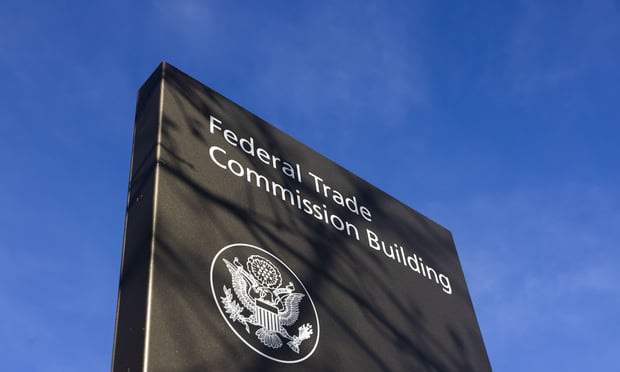
Treasury is a function in transition. Not too long ago, the corporate treasurer was usually seen as the bill payer of the company, the manager of cash flows but little else. It was a transactional role that sat squarely in the middle of the finance cost center. But today, the corporate treasurer is often seen as a strategic partner to the business units, and many companies consider their treasurer an executive-level decision-maker.
A recent survey by the Association for Financial Professionals (AFP) found that more than four out of every five finance professionals think their company's treasury function has become more strategic over the past five years. That survey also found that a significant proportion of treasury teams have taken the lead role in their company's investor relations, in mergers and acquisitions (M&A), and in business continuity planning—all activities that reflect an expanding scope of responsibility.
Complete your profile to continue reading and get FREE access to Treasury & Risk, part of your ALM digital membership.
Your access to unlimited Treasury & Risk content isn’t changing.
Once you are an ALM digital member, you’ll receive:
- Critical Treasury & Risk information including in-depth analysis of treasury and finance best practices, case studies with corporate innovators, informative newsletters, educational webcasts and videos, and resources from industry leaders.
- Exclusive discounts on ALM and Treasury & Risk events.
- Access to other award-winning ALM websites including PropertyCasualty360.com and Law.com.
*May exclude premium content
Already have an account? Sign In
© 2024 ALM Global, LLC, All Rights Reserved. Request academic re-use from www.copyright.com. All other uses, submit a request to [email protected]. For more information visit Asset & Logo Licensing.







